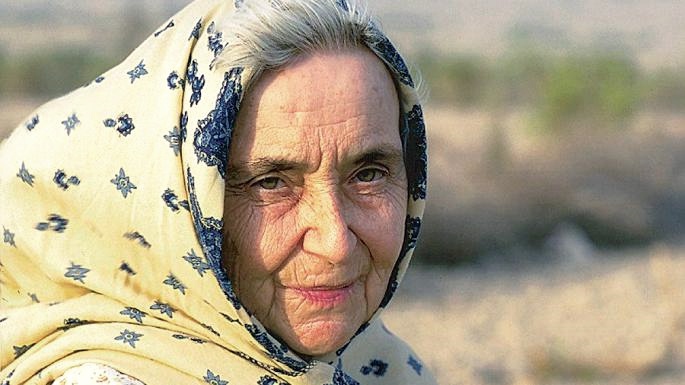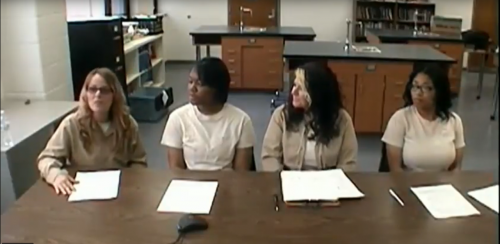Philanthropists and foundation leaders would do well to note that Ruth Pfau’s extraordinary work did not arise from a careful “strategic” plan, but from a disposition of love and eager response to the needs she saw before her.
It would be a feat not to have heard of the name and work of Mother Theresa, the famous nun and missionary from Calcutta. Yet while the world has made this great worker of mercy into a cultural icon, others with similar stories have not made it to the ranks of public renown.
The name of Sister Ruth Pfau is not met with similar recognition.
Her death in August, while celebrated by a state funeral in Pakistan, received little attention elsewhere. And yet, Pfau’s incredible life’s work is a model of self-sacrifice and charity.
Born in Nazi Germany in 1929, she experienced firsthand the horrors of war and of human suffering. While studying medicine at Mainz years later, she had a conversation with a Christian survivor of a Dutch concentration camp and was astounded by the freedom with which this survivor forgave her captors. Shortly after this conversation, she herself converted. After completing her medical studies, she decided to dedicate her life to the Catholic Church completely, joining the Daughters of the Heart of Mary.
Pfau’s first missionary assignment was in Bombay, but her path lay elsewhere. While stalled in Karachi, Pakistan, she was horrified by an encounter with a leper in the streets.
“He must have been my age,” Pfau said later of the encounter, “I was at this time not yet 30. He crawled on his hands and feet into this dispensary, acting as if this was quite normal, as if someone has to crawl there through that slime and dirt on his hands and feet, like a dog.”
It was love and mercy which had inspired Sister Pfau to journey so far in the first place, and love and mercy won out in this moment, too.
She continued on to Bombay and completed her assignment, but the suffering she witnessed in Pakistan remained in her mind. So she returned to Pakistan two years later and offered to help the Marie Adelaide Leprosy Center, a small hospital run by nuns in the Karachi slums, which had opened several years prior.
By the time of her death, Pfau had transformed this small organization into a network of 157 medical centers across Pakistan, including many in remote areas in which access to medical treatment had been nearly impossible.
It was not only limited resources that had led to such a crisis for sufferers of leprosy in Pakistan. An ancient stigma surrounding the disease and its sufferers, the result of a dread of contagion and a consequent ostracization of those who contracted it, had limited their access to medical treatment and stunted the development of care services for centuries.
So the disease raged on, with many of Pfau’s patients coming to her from places where they had been abandoned by their families, left to die. Many of these patients were children. Pfau’s work not only provided care to these patients, but was instrumental in breaking the stigma that had kept them from care for so many years.
When Pfau began her work in Pakistan, there was an extreme shortage of facilities offering care for leprosy. In 1996, leprosy was declared to be officially contained in Pakistan. In 2016, the number of sufferers of the disease had dropped to 531 from 19,398 in the early 1980s.
After having exterminated the disease that she had come to Pakistan to treat, Pfau moved tirelessly on to other endeavors. Her centers shifted their focus to other epidemics such as tuberculosis, blindness, and other diseases. They were also instrumental in providing care in a 2000 drought, a 2005 earthquake, and floods in 2010, and treating casualties from the Afghanistan war.
Philanthropists and foundation leaders – too often caught in their own paper piles of systems-level strategies – would do well to note that Ruth Pfau’s life’s work did not arise from a careful “strategic” plan, but from a disposition of love and eager response to the needs she saw before her.
Ruth Pfau’s death in August passed with little recognition, and this ought to be amended. But, remembered as a model or not, the work of her life lives on in the thousands of lives she saved.






